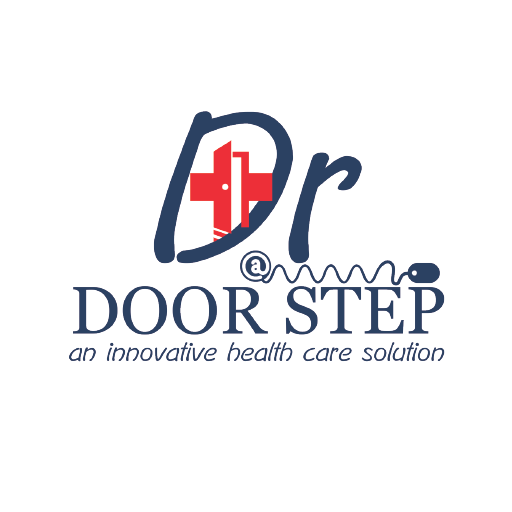The healthcare landscape is undergoing a transformative change, driven largely by the integration of telemedicine into various aspects of medical care. One of the most significant areas experiencing this transformation is doctor home care services. The ability to have the best doctor on call, ready to provide virtual consultations and immediate medical advice, is reshaping how patients receive care in their homes. This integration not only enhances accessibility and convenience but also improves the overall quality of care.
The Evolution of Telemedicine
Telemedicine, the practice of using telecommunications technology to provide medical care from a distance, has been around for decades. However, its widespread adoption has accelerated in recent years, particularly due to advancements in technology and the global COVID-19 pandemic. Initially, telemedicine was primarily used for consultations between healthcare professionals, but it has now expanded to include direct patient care.
The rise of high-speed internet, smartphones, and user-friendly telehealth platforms has made it easier for patients to access medical care from the comfort of their homes. This shift has been particularly beneficial for those with mobility issues, chronic illnesses, or those living in remote areas where healthcare facilities are scarce.
Benefits of Telemedicine in Home Care Services
- Accessibility and Convenience: Telemedicine breaks down geographical barriers, making it possible for patients to receive medical care regardless of their location. This is especially important for individuals in rural or underserved areas. Having the best doctor on call means patients can get timely medical advice without the need to travel long distances.
- Immediate Medical Attention: In many cases, telemedicine allows for immediate consultations. This is crucial for addressing acute medical concerns that may not require a physical visit to a hospital or clinic. Patients can quickly get answers to their health questions, receive prescriptions, and get advice on managing their symptoms.
- Cost-Effective Care: Telemedicine can reduce the overall cost of healthcare. By minimizing the need for in-person visits, transportation costs, and reducing hospital admissions through early intervention, telemedicine provides a cost-effective solution for both patients and healthcare providers.
- Improved Patient Monitoring: For chronic disease management, telemedicine enables continuous monitoring and regular follow-ups. Patients can regularly update their healthcare providers on their condition, receive medication adjustments, and get lifestyle advice, all without leaving their homes. This continuous care model helps in better disease management and improved patient outcomes.
- Enhanced Home Care Services: Doctor home care services are significantly enhanced by telemedicine. Healthcare providers can offer a combination of in-person visits and virtual check-ins, ensuring comprehensive care. This hybrid model allows for flexibility in scheduling and can cater to the individual needs of patients more effectively.
Technological Integration in Telemedicine
The success of telemedicine in home care services heavily relies on technology. High-definition video conferencing, electronic health records (EHRs), mobile health applications, and remote monitoring devices are integral components of modern telemedicine platforms.
- Video Conferencing: High-quality video conferencing tools enable face-to-face interactions between doctors and patients. This technology ensures that doctors can conduct thorough assessments, observe physical symptoms, and provide accurate diagnoses.
- Electronic Health Records: EHRs allow for seamless sharing of patient information among healthcare providers. This ensures that the best doctor on call has access to the patient’s medical history, allergies, ongoing treatments, and previous consultations, facilitating informed decision-making.
- Mobile Health Applications: Mobile apps have revolutionized patient engagement. These apps allow patients to schedule appointments, access their medical records, receive reminders for medication, and even conduct virtual consultations. They enhance the patient experience by providing a convenient and user-friendly interface.
- Remote Monitoring Devices: Devices such as wearable fitness trackers, blood pressure monitors, glucose meters, and oximeters can transmit real-time data to healthcare providers. This continuous stream of data enables proactive management of chronic conditions and immediate intervention if necessary.
Challenges and Considerations
Despite the numerous benefits, the integration of telemedicine in doctor home care services is not without challenges.
- Digital Divide: Not all patients have equal access to the necessary technology or internet connectivity. This digital divide can limit the reach of telemedicine services, particularly among older adults or those in low-income communities.
- Data Security and Privacy: The transmission of medical data over the internet raises concerns about security and privacy. Healthcare providers must ensure that telemedicine platforms are compliant with regulations such as HIPAA (Health Insurance Portability and Accountability Act) to protect patient information.
- Quality of Care: There is an ongoing debate about whether telemedicine can match the quality of in-person care. While telemedicine is excellent for many conditions, it may not be suitable for all medical issues, particularly those requiring physical examinations or immediate interventions.
- Training and Adaptation: Both healthcare providers and patients need to adapt to new technologies and workflows. Training is essential to ensure that doctors can effectively use telemedicine tools and that patients can navigate virtual consultations.
Conclusion
Telemedicine is revolutionizing doctor home care services by making healthcare more accessible, convenient, and cost-effective. Having the best doctor on call through telemedicine platforms ensures that patients receive timely and quality medical care from the comfort of their homes. While challenges remain, the continued advancement of technology promises to further enhance the capabilities and reach of telemedicine, making it an integral part of the future healthcare landscape. As healthcare providers and patients continue to embrace this digital transformation, the potential for improved health outcomes and a more efficient healthcare system becomes increasingly attainable.
 :
https://dratdoorstep.com/
:
https://dratdoorstep.com/












